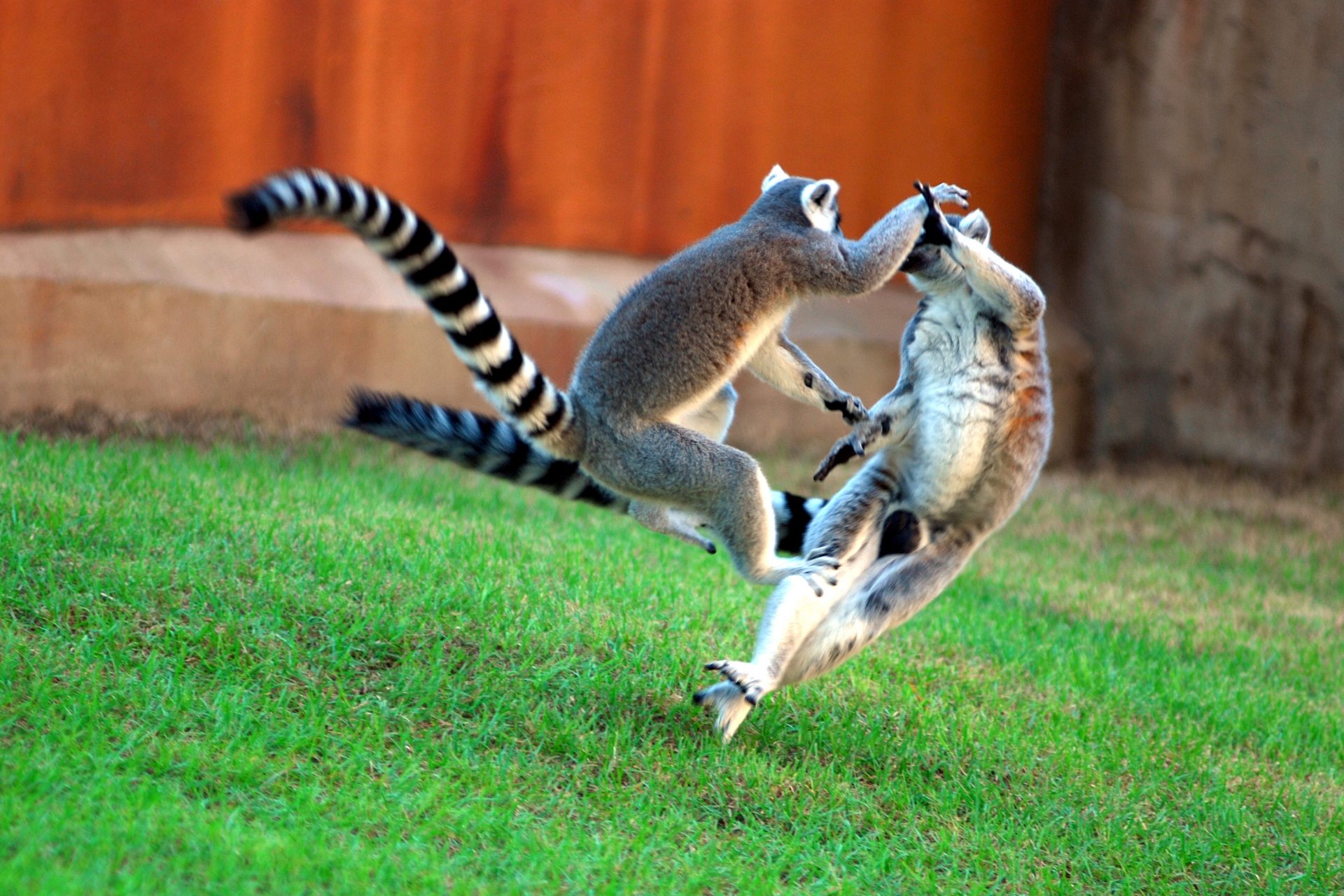19 animal flatulence facts you need to know!
The world of animal flactulence facts is not one to be missed. It’s such an explosive subject that there’s an entire illustrated book all about it, called ‘Does It F a r t?: The Definitive Field Guide to Animal Flatulence’ by Nick Caruso and Dani Rabaiotti. So here are some amazing facts: like, did you know that lemurs use their bottom fast as a weapon when fighting... rubbing their hands in the stench and waving them at enemies? Sounds like a trick a dad might use...
Even the digestion of sloths is incredibly slow. According to the book, they only poo once every three weeks, so sloth toots are instead reabsorbed through the intensities back into the bloodstream. Then, the gases are breathed out of the lungs through the mouth.
It’s the question your inner ten-year-old is dying to know. Or, if your curiosity hasn’t gone in that direction, then be prepared to be blown away! It’s such an explosive subject that there’s an entire illustrated book all about it, called ‘Does It Fart?: The Definitive Field Guide to Animal Flatulence’ by Nick Caruso and Dani Rabaiotti. Here are some of the best animal flatulence facts from the book and beyond.
In their larval stage, these insects have a powerful weapon to immobilize juicy prey: their toots. Their gas is so potent they can immobilize up to six termites in one toot. From there, the larva can gobble up the temporarily paralyzed prey at their leisure, as the paralyzing effects last three full hours! And once it wears off, the termites die if they aren’t eaten.
A 2003 discovery suggests that herring, a small fish best known for being pickled, leverage their gas for communication. Indeed, the sounds coming out of their backsides are how they chat and keep the schools together. It turns out their toots are a high frequency and unable to be heard by larger predators too (although humans can't hear them!).
While octopuses don’t have the right bacteria in their bodies to produce a legit toot, they are experts at leveraging their bum holes for something else. Yes, they can expel a jet of water from there to propel themselves around quickly, what the authors call a ‘pseudo fart.’
Zebras are known for being powerful tooters, which can be heard long distances across the Savanah. They are especially flatulent when they’re given a fright and toot as they run away. If they can’t outrun their predators, at least they can gross them out a bit.
Image: Yes that is a Zebra farting, CNN, Instagram
Thought cockroaches couldn’t be any more disgusting? Think again! They fart every 15 minutes. In fact, according to British exterminators Rentokil, one cockroach can emit as much as 35 grams of methane per year— that’s more than 43 times its body weight. To make matters worse, all these methane emissions contribute to climate change.
If you’ve ever owned or been around a dog, you know they can pass some smelly gas. But did you know that Boston terriers are said to be the gassiest bread? Their shorter noses cause them to swallow more air when they eat, and you can imagine the rest. They are also known for scaring themselves with their own toots.
Another close relative of humans, baboons also fart often and shamelessly. When females are in heat, their organs, like their big red bum, swell up, which makes flatulence more potent and/or louder. How romantic! Also, when there are fights between males, the less dominant male will often scream, fart, and poo as he runs away.
These small freshwater fish eat algae in rivers. The algae produce gas inside them, inflating their intensives and causing them to float to the surface. Yet, at the surface, the pupfish are easily spotted by predators, so in a kind of reverse jetpack, they have to toot to sink down into the water.
Belonging to the same family as cows, goats are particularly gassy… so much so that a 2015 plane carrying goats to Kuala Lumpur had to land after they set off the fire alarm on board. They are such famous farters that “billy-goat f a r t s” are mentioned in one of the oldest secular songs in proto-English, dating back 10,000 years.
Bruce Young, a morphologist at Lafayette College, told Discovery Magazine that western hook-nosed snakes use their muscles to forcefully expel gas, which may confuse other animals. “[They] put so much energy into this pop that, in some cases, they’ll fling themselves up off the ground,” Young said.
Photo: ebr Llussier / Wikimedia
These shameless primates are much like goofy dads, tooting often and without a whiff of shame. According to the book by Nick Caruso and Dani Rabaiotti, they seem to enjoy farting and making raspberry noises that may imitate their toots.
Owners of ferrets know very well that these little creatures can be gassy in a very strange way. According to the book, “owners often report a confused look on their pet’s face in the direction of their backside after they audibly pass gas.” And when they’re scared, they scream, puff up and simultaneously fart and poo. Why not?
As the largest animal, a blue whale’s digestive system can hold up to a ton of food at a time. While their toots are elusive, they have been captured a handful of times on camera. And researchers who were downwind of these record-breaking toots have said they were “incredibly pungent,” according to the book.
With so much research on bats, scientists still don’t know whether bats toot. As mammals, they should. However, they have super speedy digestion so their food doesn’t weigh them down when flying. Food is in one end and out the other in just 12-34 minutes, so there may not be enough time for audible toots. But for sure, Batman definitely does!
While their excrement may have landed on your head at some point, birds would be polite to our standards in the flatulence department. Generally, they don’t fart because they don’t have the bacteria that build up gas in their intestines. However, that doesn’t mean a parrot won’t mock a human fart.
It's been called a pseudo-toot. That's right, octopi don't actually pass gas... but instead they can expel a jet of water from their behinds that propels themselves through the ocean. WOW!






























